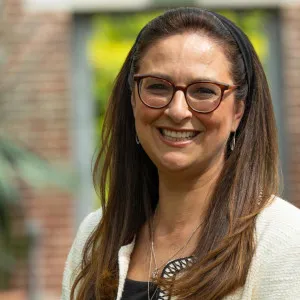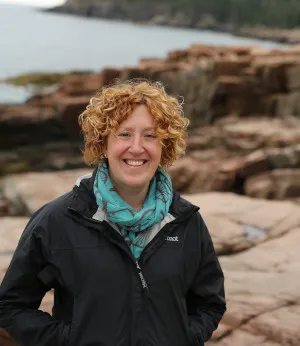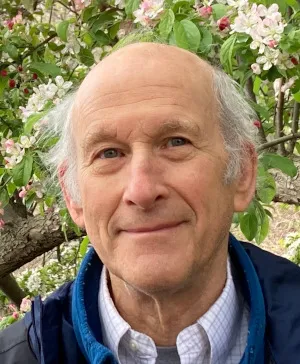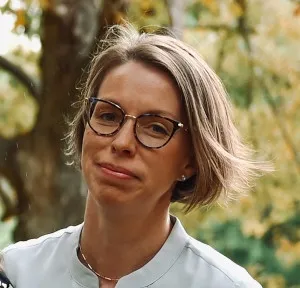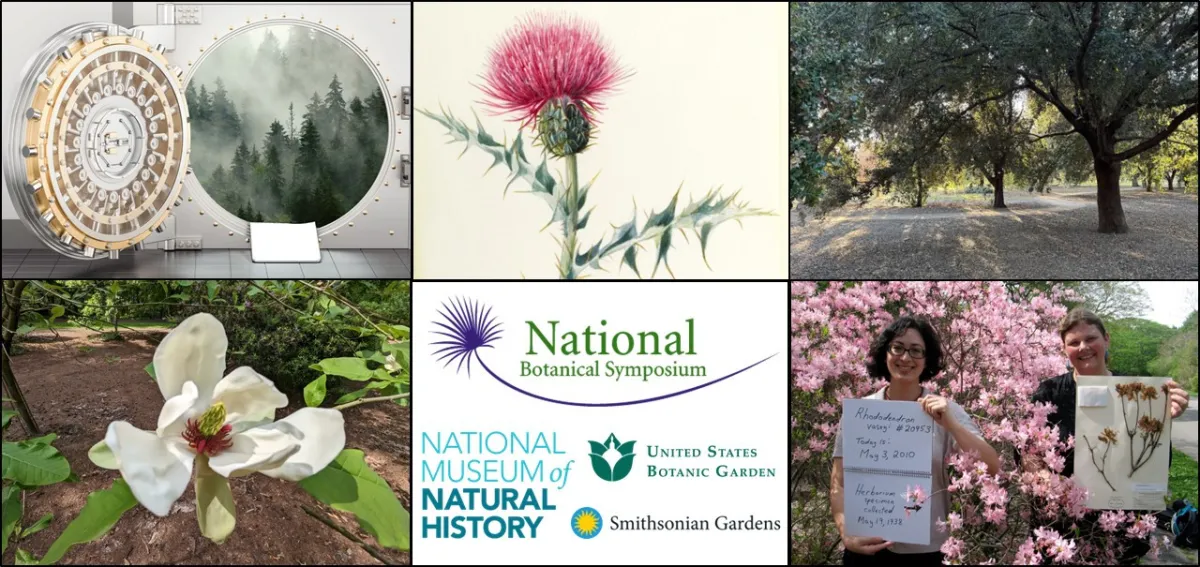
Search
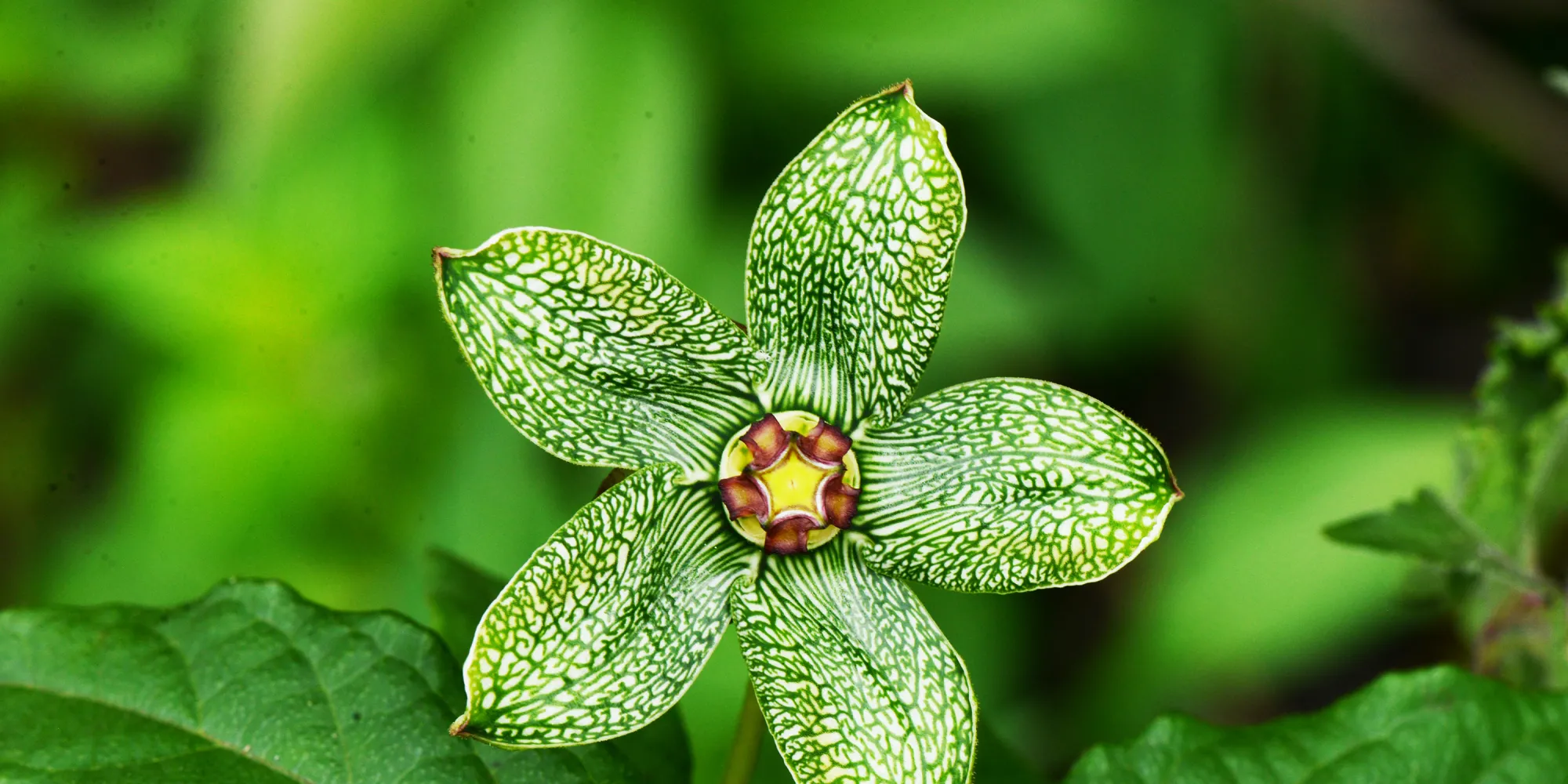
National Botanical Symposium
National Botanical Symposium

22nd National Botanical Symposium to explore the future of collections-based plant science
The Smithsonian's National Museum of Natural History Department of Botany, the United States Botanic Garden, and Smithsonian Gardens held the 22nd National Botanical Symposium (formerly Smithsonian Botanical Symposium), "The Future of Collections-Based Plant Science," on May 16, 2025.
What does the future hold for herbaria and botanic gardens as the goals, visions, and objectives of these institutions adapt to a modern era while stewarding important preserved and living collections? Collections-based science, whether it is based on preserved plant specimens, living collections, or both, has entered a new age as novel tools, such as artificial intelligence (AI), machine-learning, and genomics are being used more broadly by botanists. Contemporary plant science now involves big data and is highly interdisciplinary. International networks and collaborations with a diversity of people and organizations have expanded the reach, breadth, and depth of botanical research. Botanists, horticulturists, conservation biologists, social scientists, community members, and artists are collaborating to advance our understanding of plants and the application of this knowledge in their respective fields. This symposium brought fresh thought into a new vision for collections-based plant science.
In addition, the 22nd José Cuatrecasas Medal for Excellence in Tropical Botany was awarded at the Symposium to an international scholar who has contributed significantly to advancing the field of tropical botany. The award is named in honor of Dr. José Cuatrecasas, a pioneering botanist who spent many years working in the Department of Botany at the Smithsonian and devoted his career to plant exploration and taxonomy in tropical South America.
The Symposium featured invited speakers giving afternoon presentations in Baird Auditorium of the National Museum of Natural History (NMNH) in Washington, D.C., for both in-person and virtual guests. The talks were followed by a poster session and evening reception for in-person guests at the Conservatory of the U.S. Botanic Garden.
Watch the recorded presentations on YouTube.
